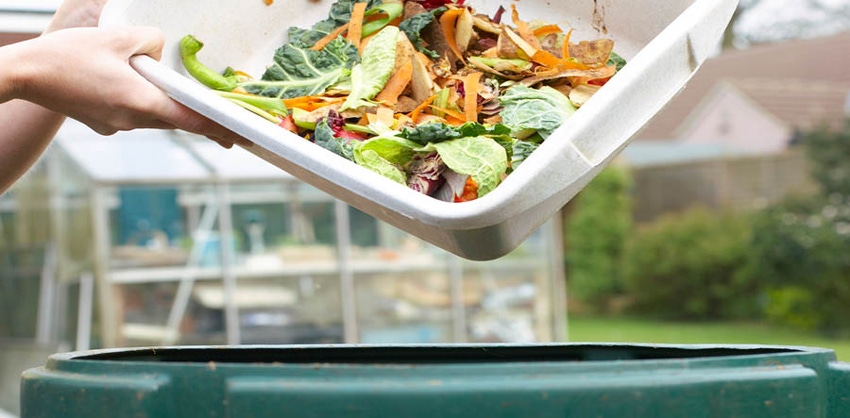West Hartford is partnering with waste-to-energy project developer Quantum BioPower, Covanta and a local hauler to see how the 15-week program involving 130 residents plays out.

Connecticut has set a statewide goal of 60 percent waste diversion by 2024. Today, it's only about halfway there, at 32 percent. Meanwhile, there are no landfills in that state accepting municipal solid waste and costs for alternative disposal options are rising.
This scenario has driven West Hartford to try a new plan, at least to manage food waste. The municipality is collecting source-separated food at the curb. West Hartford is partnering with waste-to-energy project developer Quantum BioPower, Covanta and a local hauler to see how the 15-week program involving 130 residents plays out.
“This is just an experiment to determine the amount of residential food waste we can source separate at curbside. We are also exploring logistics and learning how residents would have to modify their habits,” says John Phillips, director, West Hartford department of public works.
The town’s goal is to get to zero contamination at the residential household level.
Residents put food waste into odor-resistant, dishwasher-safe containers and place them in bins that are picked up once a week.
Hauler Paines collects the material and delivers it to Quantum’s Southington, Conn., anaerobic digestion (AD) plant where it is converted to electricity. Covanta, West Hartford’s current waste disposal provider, has helped coordinate the effort and funded the outdoor totes and kitchen pails.
Phillips believes managing food waste through AD makes sense, particularly in Connecticut.
“Anaerobic digestion costs in processing. But with alternatives, tipping fees for municipal solid waste are skyrocketing and future pricing is extremely uncertain. Meanwhile anaerobic digestion plants are coming on line more and providing more certainty, at least for specific materials. So we have to source separate to go with this model.”
There is a lot to learn. On the collection side for instance, the local operation is fully automated, so the question arises, can this be done through an automated system, or would loads have to be inspected manually?
Then there is the question of financing. The trial food waste program is free to residents, but West Hartford is contemplating whether it would continue offering service at no cost or restructure its funding.
A similar trial in Bridgewater, Conn. two years ago failed. While residents were happy to participate when the service was free, once a fee was attached interest dropped substantially.
“We could offer food waste collection as a taxed program, but residents would pay for trash on a unit-based model. Theoretically costs should go down as people would divert more food to reduce the cost for trash pickup,” says Phillips.
Quantum launched the Southington plant in January 2017, which is New England’s first commercial-scale food waste digester according Brian Paganini, vice president and managing director, Quantum BioPower.
The company’s goal is to develop a model that could be replicated all along the East Coast.
The material undergoes a wet fermentation process, which derives more biogas and has a smaller footprint than dry fermentation, generating 1.2 megawatts of power a year from food waste in and near Connecticut.
That’s enough electricity to power 800 homes. The residue is used to make 8,000 tons a year of soil amendment.
Quantum sells the electricity to its host community, Southington, and it’s put on the grid made available to neighboring communities. Through an accounting function called virtual net metering, buildings can be assigned credits based on the amount of power they use.
Now the town manages all its waste through incineration at Covanta’s nearby energy-from-waste facility.
“But our contract ends in June 2019. With our waste volume and limited capacity, my costs will go up then. If I ship it out of state, there will be high transportation costs. So we are looking at all our options,” says Phillips.
Covanta says it will work with West Hartford as the town determines what it believes to be its best solution.
“Organics recycling is important to our customers and a big part of Connecticut DEEP's diversion goals,” says James Regan, Covanta’s director of corporate communications.
“Our partnership with Quantum BioPower enables Covanta to provide our customers the ability to include organics recycling within their sustainable materials management programs. If West Hartford says they want to try organics recycling, we will work with them on this as an additional service.”
About the Author(s)
You May Also Like




